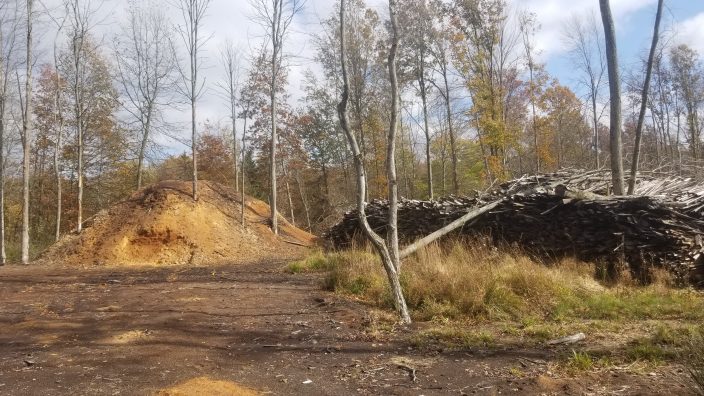Applications for Ohio Farm Bureau Health Plans now available
Members have three ways to apply: contacting a certified agent, calling 833-468-4280 or visiting ohiofarmbureauhealthplans.org.
Read MorePicture this: You purchase property that you and your spouse look forward to exploring and enjoying during your retirement. With that newly purchased property you know there is an opportunity to improve your property that also could be a source of income.
You contact a logging company. They come out and walk your property, talk with you, and later give you a contract…a contract that you sign.
Then the horror begins and you realize something isn’t right, but it’s too late.
Most landowners have heard the horror stories. Now like any industry, not all are bad. But too many of those horror stories about deceitful loggers scamming unsuspecting landowners are true and range anywhere from not being paid market value for the timber, not respecting your property, or to others who fail to implement best management and sustainable practices.
I recently visited a property in Portage County that experienced all the above horror stories. We have been working closely with the Division of Forestry and local foresters, and the district manager set up a tour so we could see for ourselves what a bad experience does to your property.
I don’t have much of a forestry background, but I grew up in the woods hunting and enjoying the adventures woodlands have to offer.
I didn’t even set foot into the woods and was already in shock.
First off, there wasn’t much left to even call a woodland. What trees were there were tiny and bending over to the ground that was covered in debris and invasive species. The earth I was walking on was soft and I felt like I was sinking. It was sawdust that was spread out to fill in the waist deep ruts that the machinery left behind.
Perhaps the worst was the giant pile of sawdust left behind that killed several other trees. The sawdust pile was at least 15 feet high and 30 feet long. Right beside that, not far from the road, is pile after pile of slabs of wood trimmed off the good timber.
The mess that I was seeing is after two years of a landowner cleaning up after the loggers left. I can’t imagine how it looked before. The landowner will never see a healthy woodland again.
The Ohio Department of Natural Resources, Division of Forestry, has a Call Before You Cut program that can help you determine what your objectives are and how to keep your woods healthy. I encourage you to seek advice from service foresters and to utilize their services.
Your woods represent one of your most valuable resources. The decision to harvest, and how to do so, can either improve or set back the future value of your land, its potential for wildlife habitat, and as a source of enjoyment for you and your family.
There are many reasons you could or should harvest your timber, but it’s critical that you as a landowner take all the necessary precautions and steps to make sure you have a great experience. The cost that you may incur to have a professional assist you in the process is nothing compared to the cost to your land and to yourself if someone else’s horror story suddenly becomes yours.
Visit this website or call 877-424-8288.
Submitted by Mandy Orahood, an Ohio Farm Bureau organization director serving Ashtabula, Geauga, Lake and Trumbull Counties. She can be reached by email.
OFBF Mission: Working together for Ohio farmers to advance agriculture and strengthen our communities.
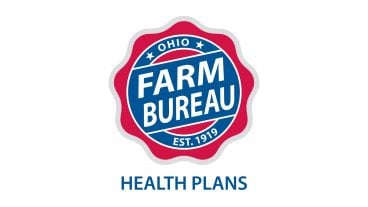
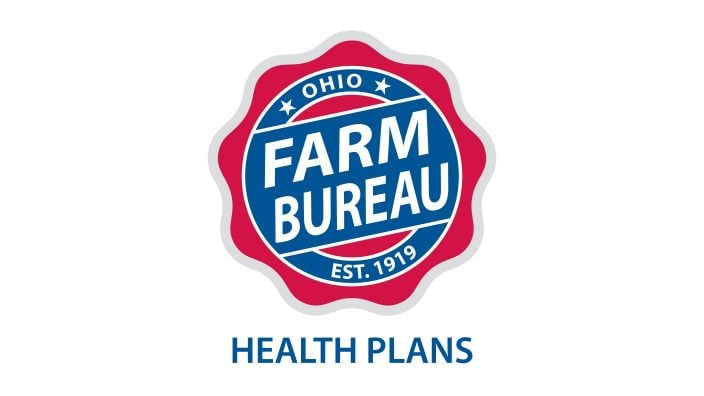
Members have three ways to apply: contacting a certified agent, calling 833-468-4280 or visiting ohiofarmbureauhealthplans.org.
Read More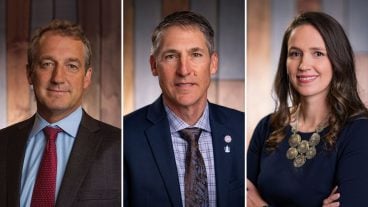
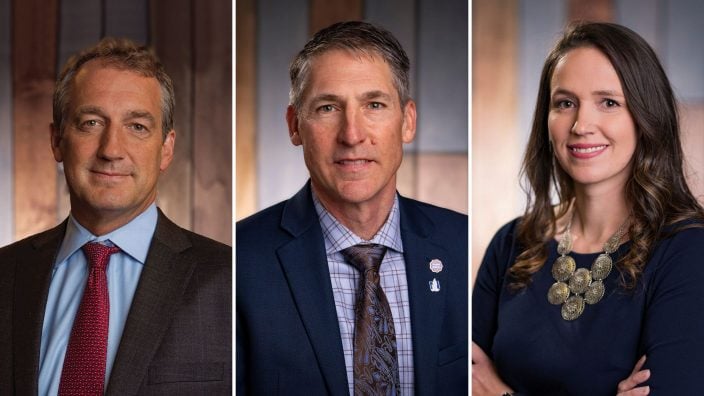
Bill Patterson, Cy Prettyman and Adele Flynn will continue to serve as officers for Ohio Farm Bureau Federation.
Read More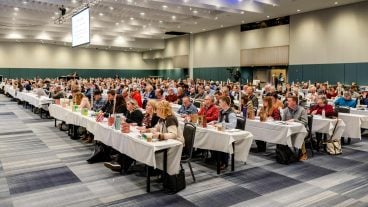

Delegates discussed many topics impacting agriculture including farmland preservation, local foods, and succession planning.
Read More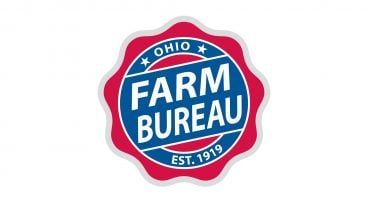
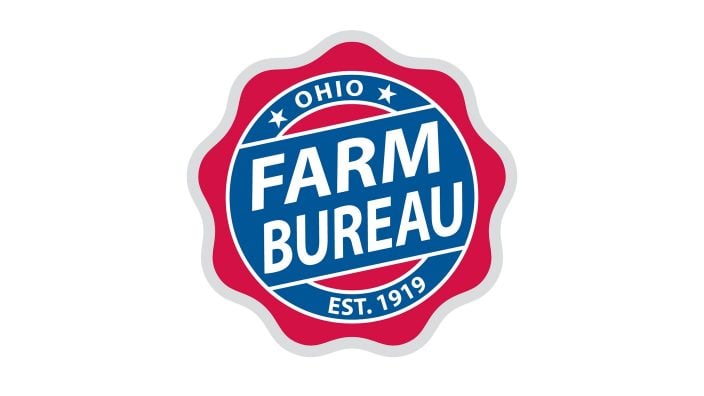
Twenty-six farmers govern the state’s largest farm and food organization.
Read More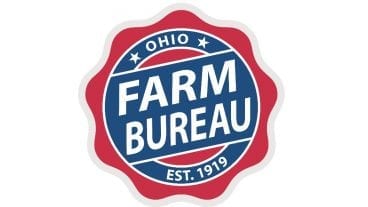

The 2025 recipients are Fred Cooke (posthumous) of Richland County, Marvin Dietsch of Williams County, Steven Knollman of Hamilton County and Michele Miller (posthumous) of Ottawa County.
Read More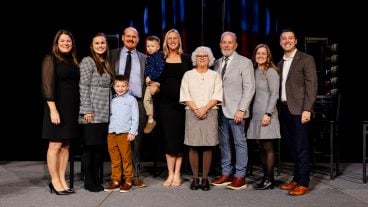
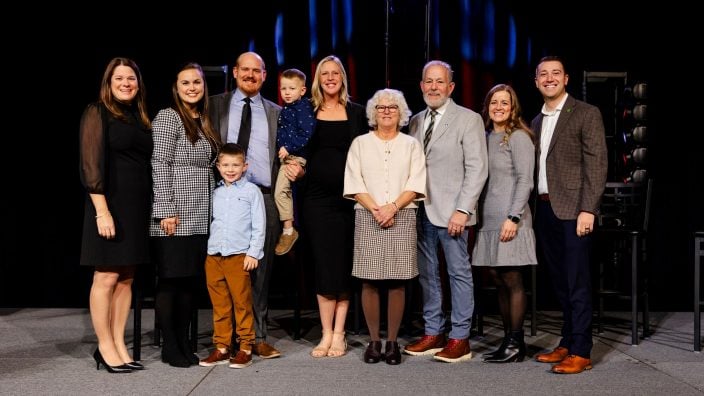
Nathan and Jill Parriman grow seasonal crops, including Christmas trees, pumpkins and cut flowers, providing U-cut experiences that invite customers to engage directly with agriculture.
Read More
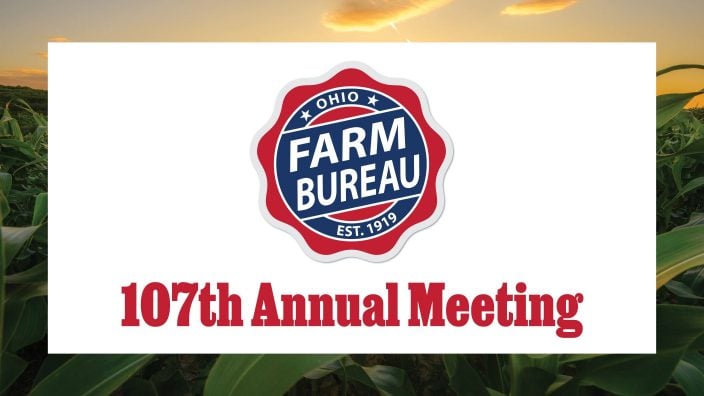
The 2025 Distinguished Service Award recipients are Craig Adams, Mike Townsley, and Kellogg Farms, Kurt Farms and Stateler Family Farms.
Read More

Ohio Farm Bureau Treasurer Adele Flynn participated in the meeting, representing Ohio farmers.
Read More

For Ohio and PJM region, the outlook is reassuring—ample reserves and strong planning should keep the power on.
Read More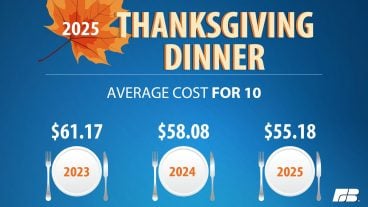
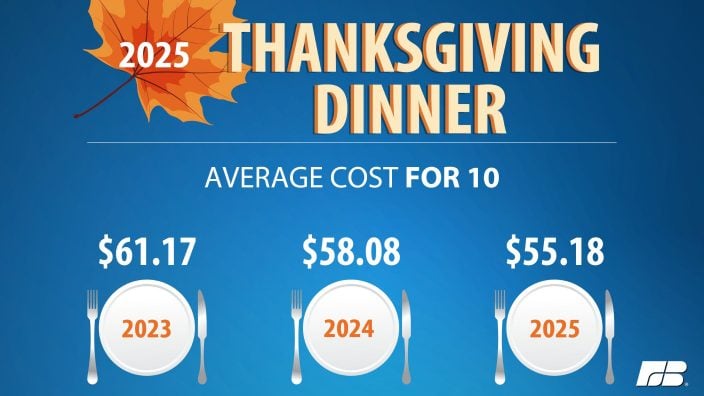
The average price for a classic holiday feast for 10 in Ohio will cost $55.87.
Read More